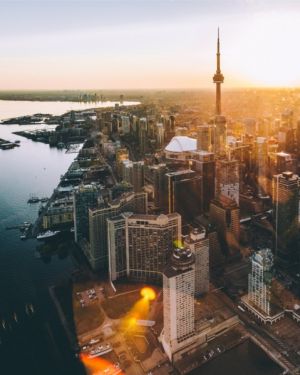Difference between Federal and Provincial (Canada)
Canada possesses three levels of government - federal, provincial, and municipal. This setup may be confusing for others and may create questions like who makes the major decisions or who is in charge of healthcare or social security. In this article, we will discuss the difference between Canada’s federal and provincial government.
The federal government is known as a bicameral legislature - it is composed of two houses in the Parliament, namely the lower house and upper house. The lower house is also called the House of Commons. Its members are Members of the Parliament. These people represent a particular area in Canada and were chosen by voting. On the other hand, the upper house or the Senate is composed of its senators that are appointed by the Governor-General with the Prime Minister’s recommendation.The federal government covers issues such as taxation, national defense, international relations, and foreign policy.
The provincial government is unicameral - a single body of politicians is elected through registered voting to represent specific areas of a province. These politicians are known as the Members of Provincial Parliament. The provincial government is responsible for province-concerned issues like education, healthcare, and agriculture.
| Federal | Provincial | |
|---|---|---|
| Type of legislature | Bicameral | Unicameral |
| Structure | Divided into the lower house (House of Commons) and upper house (Senate) | Single body of politicians per province |
| Members | Members of Parliament (MP) | Members of Provincial Parliament (MPP) |
| How do members come into position? | A political party that elects the most MPs form the government; Senators are appointed by the Governor-General with the recommendation of the Prime Minister | A political party with the most MPPs make up the government; they are selected through registered voting |
| Head of the government | Prime Minister | Premier |
| Crown’s representative | Governor General | Lieutenant Governor |
| Location | Ottawa | Toronto, Quebec City, Halifax, Fredericton, Winnipeg, Victoria, Charlottetown, Regina, Edmonton, St. John's |
| Responsibilities | National postal service, national defense, criminal law, taxation, foreign policy, immigration | Healthcare, education, agriculture, environmental concerns, highways |

